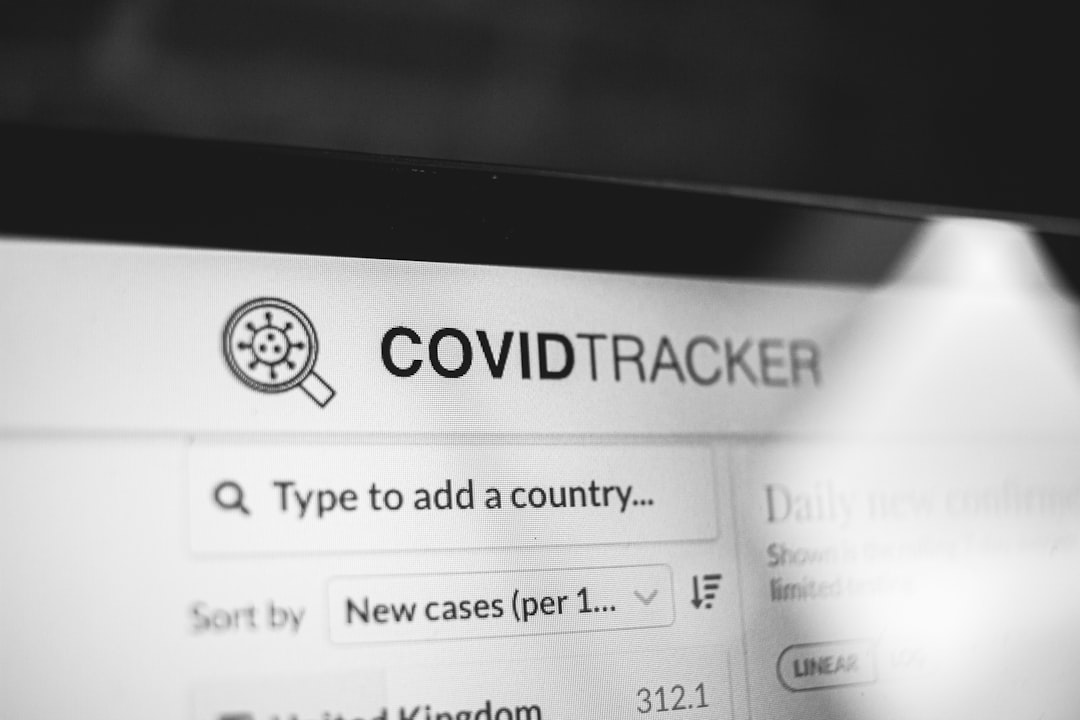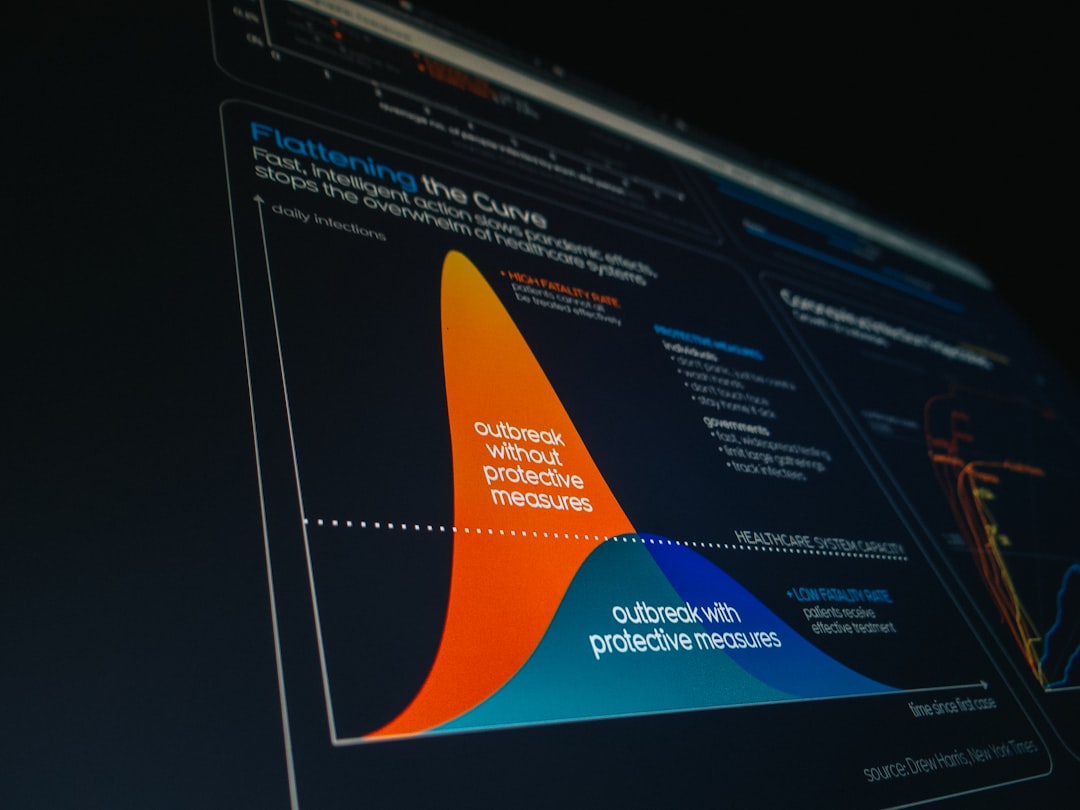In the increasingly complex world of digital marketing, data privacy and compliance have become essential buzzwords—particularly since regulations like the GDPR and ePrivacy Directive have come into force. One solution provided by Google to help marketers navigate this landscape is Consent Mode v2. Understanding this tool doesn’t need to require a degree in software engineering. This article provides a clear, serious, and trustworthy breakdown of what non-engineers need to know—the 80/20 that delivers 80% of the benefits with 20% of the knowledge.
What Is Consent Mode v2?
Consent Mode v2 is Google’s upgraded framework that allows websites to adjust how Google tags behave based on a user’s consent choices. In simpler terms, it acts as the bridge between your website’s cookie consent banner and Google tools like Google Analytics and Google Ads.
With Consent Mode v2, data collection can be modified depending on whether a user agrees to allow tracking cookies. This enables businesses to respect user privacy while still gaining valuable aggregated insights—even if some users decline tracking cookies entirely.
Why It Matters for Non-Technical Stakeholders
Whether you’re in marketing, compliance, or product management, your decisions increasingly depend on data. However, using data without breaching user trust or legal requirements is a delicate balance. Consent Mode v2 helps you navigate this terrain by:
- Helping maintain data collection in a privacy-compliant way
- Ensuring that ads and analytics tools operate within the scope of user consent
- Preserving attribution and conversion tracking, even with some missing data
Ultimately, this tool contributes to transparency and user trust, and it helps reduce the risk of regulatory penalties by aligning your data practices with existing laws.

The Two Main Consent Types in v2
Consent Mode v2 introduces two new consent signals that are particularly relevant due to recent regulatory changes and industry developments:
- ad_user_data – Controls whether personal data can be used for advertising purposes like retargeting or personalization.
- ad_personalization – Governs whether the ads shown to a user are personalized based on their behaviors and interests.
These new parameters are added to the existing ones—analytics_storage and ad_storage—to offer finer-grained control over how data is handled based on consent status.
The 80/20 Breakdown of What You Actually Need to Know
For non-engineers, you don’t need to get involved in the nitty-gritty of the code implementation. Instead, focus on these high-impact areas:
1. Consent Banner Configuration
The consent banner is your users’ first interaction with your site’s data policies. What matters is that your banner is integrated with Google’s Consent Mode v2. This typically involves using a Google-certified Consent Management Platform (CMP).
Action items:
- Ensure your CMP supports Consent Mode v2.
- Verify that your banner allows users to give or refuse consent in a granular way (e.g., ad vs. analytics vs. personalization).
2. Understanding Consent Modes: “Granted” vs “Denied”
Consent Mode interprets user decisions in two primary ways:
- Granted: Standard data tracking and analytics proceed as usual.
- Denied: Tracking is limited; however, anonymized or modeled data may still be collected, respecting the consent given.
This nuance matters because even when data collection is restricted, Google will use machine learning models to estimate conversions—this gives marketers some insights without breaching privacy laws.
3. Data Modeling and Marketing Performance
Most marketers worry about data loss with higher privacy controls. Consent Mode v2 helps bridge the gap by using “modeled conversions.” This means Google can estimate what might have happened even if direct tracking was blocked due to denied permissions.
Key point: You get a more complete picture of performance, albeit not exact. While it’s not a perfect replacement, it still supports strategic decision-making.

What’s at Stake If You Ignore It
Failing to address Consent Mode v2—or any updated consent framework—can have serious implications:
- Compliance Risks: You could fall afoul of GDPR, potentially incurring fines of up to 4% of annual revenue.
- Data Gaps: Without Consent Mode, Google cannot model conversions properly when users opt out, leading to blind spots.
- Loss of Competitive Edge: Competitors using Consent Mode optimally may enjoy better targeting, better insights, and ultimately, better ROI on ad spend.
Getting Started Without Coding
If you’re a non-engineer wondering how to proceed, here are the steps to start making use of Consent Mode v2—no tech degree required:
- Check Your CMP: Speak with your CMP provider and confirm their solution is Consent Mode v2 compatible.
- Coordinate With Your Development Team: Ask your developers or tag management vendor to implement Consent Mode v2 using Google Tag Manager and to update the tags accordingly.
- Monitor Reports: Use Google Ads and Analytics dashboards to assess how much of your data is consented vs. modeled.
Best Practices for Implementation
Even if you’re not the one writing code, you can manage the process by ensuring these best practices are followed:
- Use Google Tag Manager (GTM): GTM simplifies tag updates and provides better control over how tags respond to consent choices.
- Test Your Setup Thoroughly: Use the Google Tag Assistant or Consent Mode debugger tools to confirm everything works as expected.
- Keep Legal In The Loop: Make sure your legal team collaborates on consent language and settings to stay within compliance boundaries.
Looking Ahead: The Importance of Evolving with Privacy Changes
The digital privacy landscape is evolving rapidly. Tools like Consent Mode v2 are not one-off integrations—they must be part of an ongoing digital strategy. Future-proofing your marketing operations means staying up to date with consent regulations, user expectations, and optimization technologies.
As data policies become more stringent, more platforms will expect partners to send transparent consent signals. Google already requires valid consent for ad personalization in the European Economic Area, and other regions are adopting similar standards.

Conclusion
Consent Mode v2 is not just a buzzword. It’s a significant technological and compliance tool that helps businesses stay competitive while respecting user privacy. As a non-engineer, your primary responsibility is not to code, but to understand its purpose, guide its adoption, and ensure teams are aligned on business and legal outcomes.
Focus on the core 20%: choose a solid CMP, coordinate with your technical counterparts, and keep privacy at the center of your digital strategy. In doing so, you’ll unlock the 80% of efficiency, performance, and compliance that your business relies on in the digital age.

